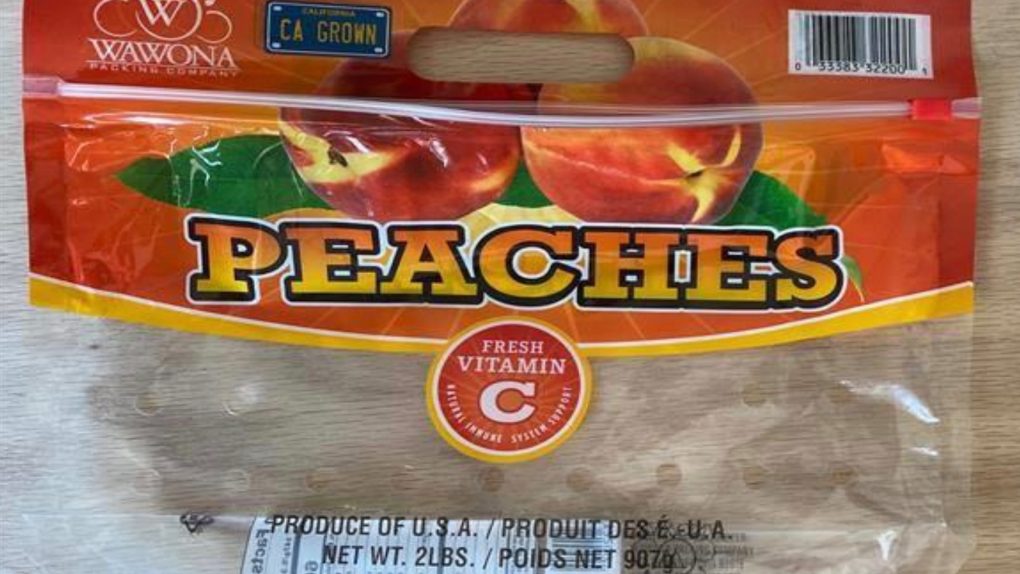- A new CDC update reveals that more people have fallen ill from Salmonella-tainted peaches.
- As the number of confirmed cases approaches 100, consumers are urged to avoid peaches without labeling as well as those included in the official recall.
- Thus far, 23 people have been hospitalized, though no deaths have been reported.
It’s now been weeks since the CDC and FDA announced a major recall of peaches due to possible Salmonella contamination. The recall started out small, with just peaches sold at Aldi stories being affected, but it rapidly expanded to include peaches from Walmart, Target, Kroger, and several other major chains. Unfortunately, the recall hasn’t stopped people from getting sick.
In a new update bulletin posted by the CDC, the tally of individuals who have fallen ill due to eating contaminated peaches has climbed to 78. The previously reported number was 68, but the true number of infections is likely much higher.
In the new update, the CDC reveals that additional peach products have been swept up in the recall, including “peach salsa,” which, if I’m being totally honest, I didn’t even realize was a thing. In any case, any peaches or products containing peaches from the distributor Prime Wawona sold through August 3rd are now included in the recall. If you purchased loose or bulk peaches without labeling, you should assume that they may be contaminated, just to be on the safe side.
Thus far, of the 78 people who are confirmed to have been made ill from the tainted peaches, 23 of them have had to be hospitalized due to the severity of their symptoms. Salmonella infection can include symptoms like stomach aches and cramping, bloody diarrhea, nausea, and vomiting.
The tricky part about diagnosing a Salmonella infection is that it can pop up nearly a week after eating the contaminated food. You may remain asymptomatic for up to six days before you fall ill, and at that point, it can be hard to pinpoint the cause. For that reason, health officials often advise that the official number of infected individuals is usually much lower than the true number.
Right now, the CDC is advising you to throw away any potentially contaminated peaches, including those that don’t have labels if you can’t confirm where they were sourced. Even if you’ve eaten some of the peaches and not gotten sick, you should still throw out the rest, according to the health agency.
If you feel ill and think you might have eaten a tainted peach, the CDC offers the following guidance:
- Talk to your healthcare provider.
- Write down what you ate in the week before you started to get sick.
- Report your illness to your local health department.
- The health department will likely call you for an interview to ask you about foods you ate in the week before you got sick.
- Assist public health investigators by answering their questions when they contact you.








